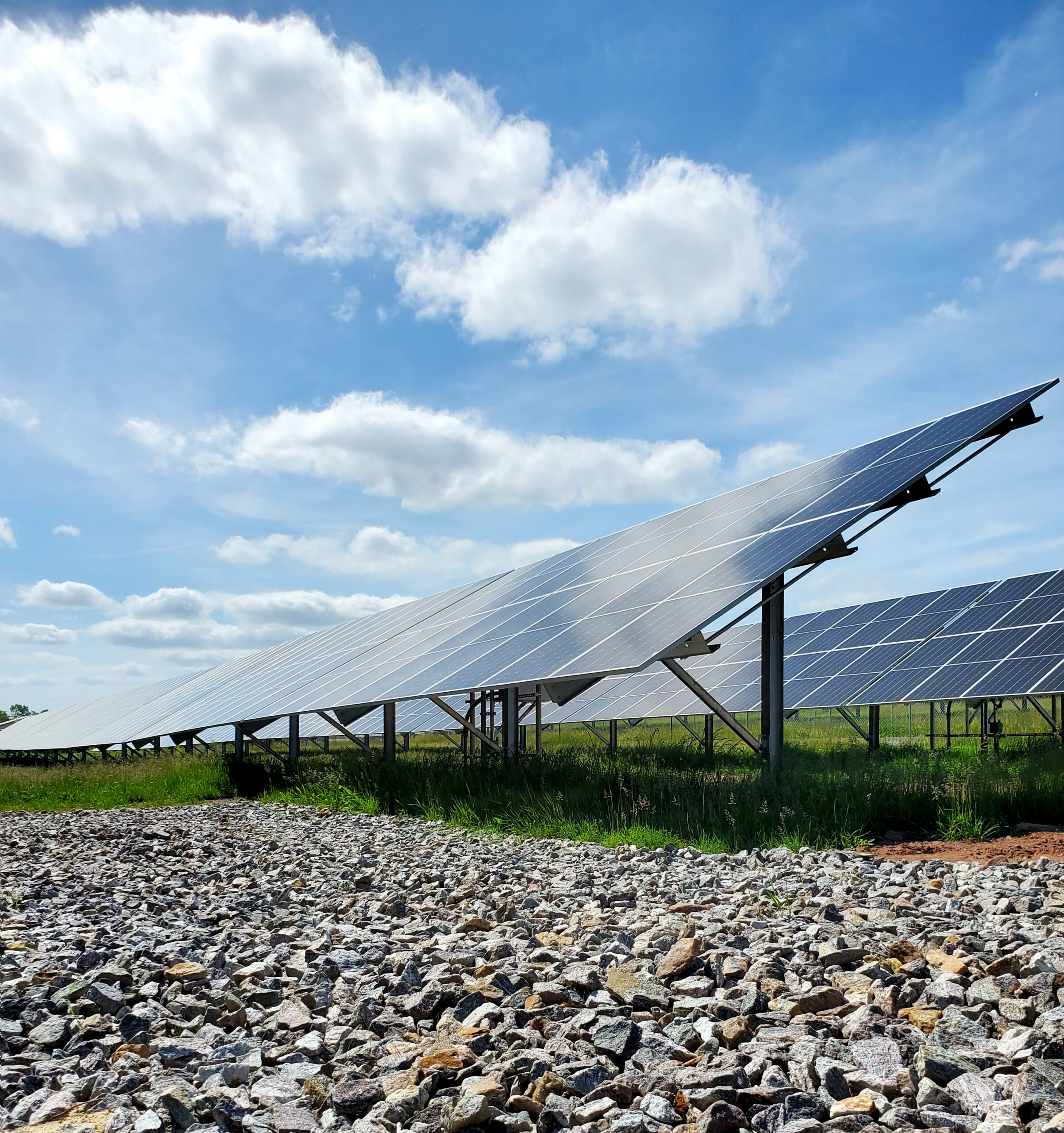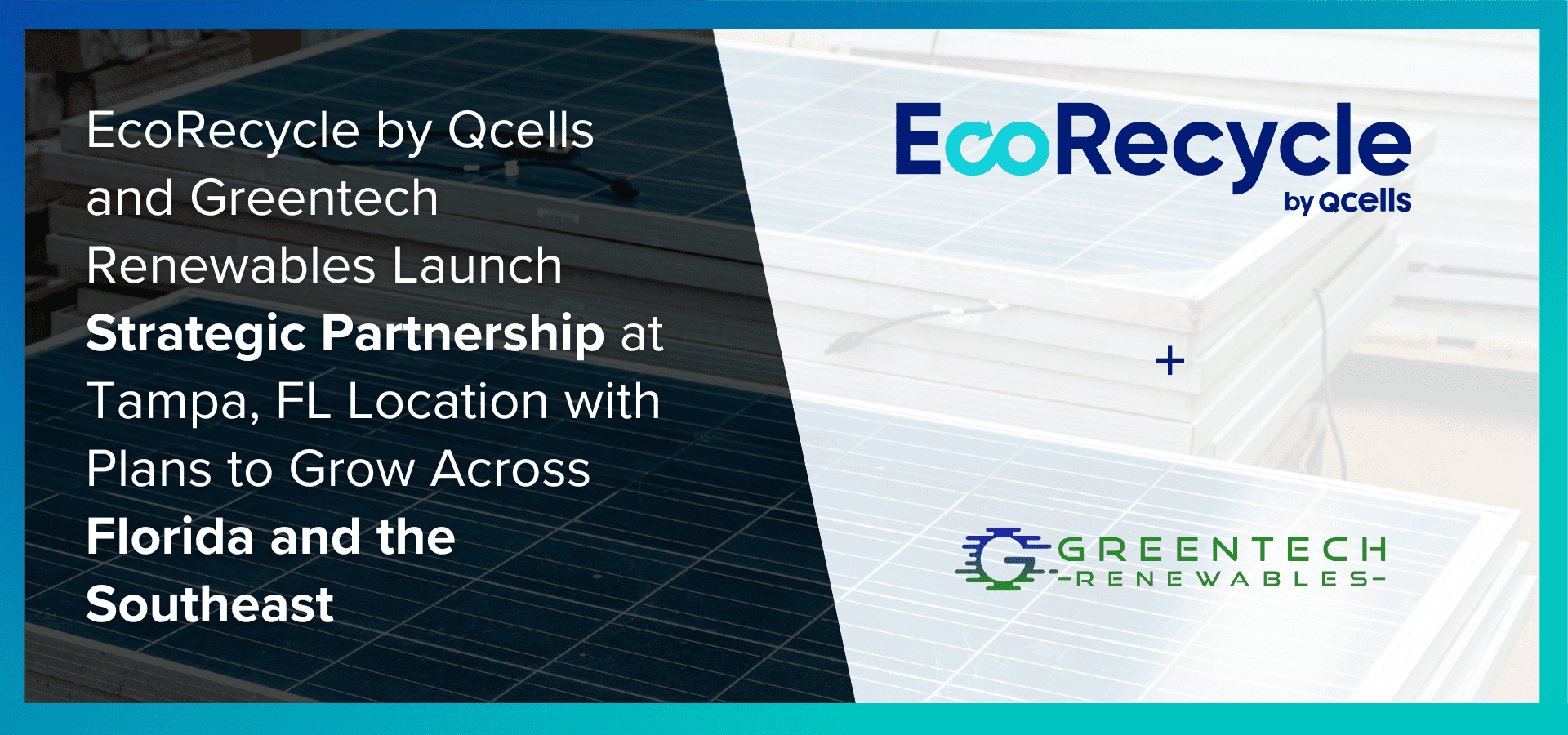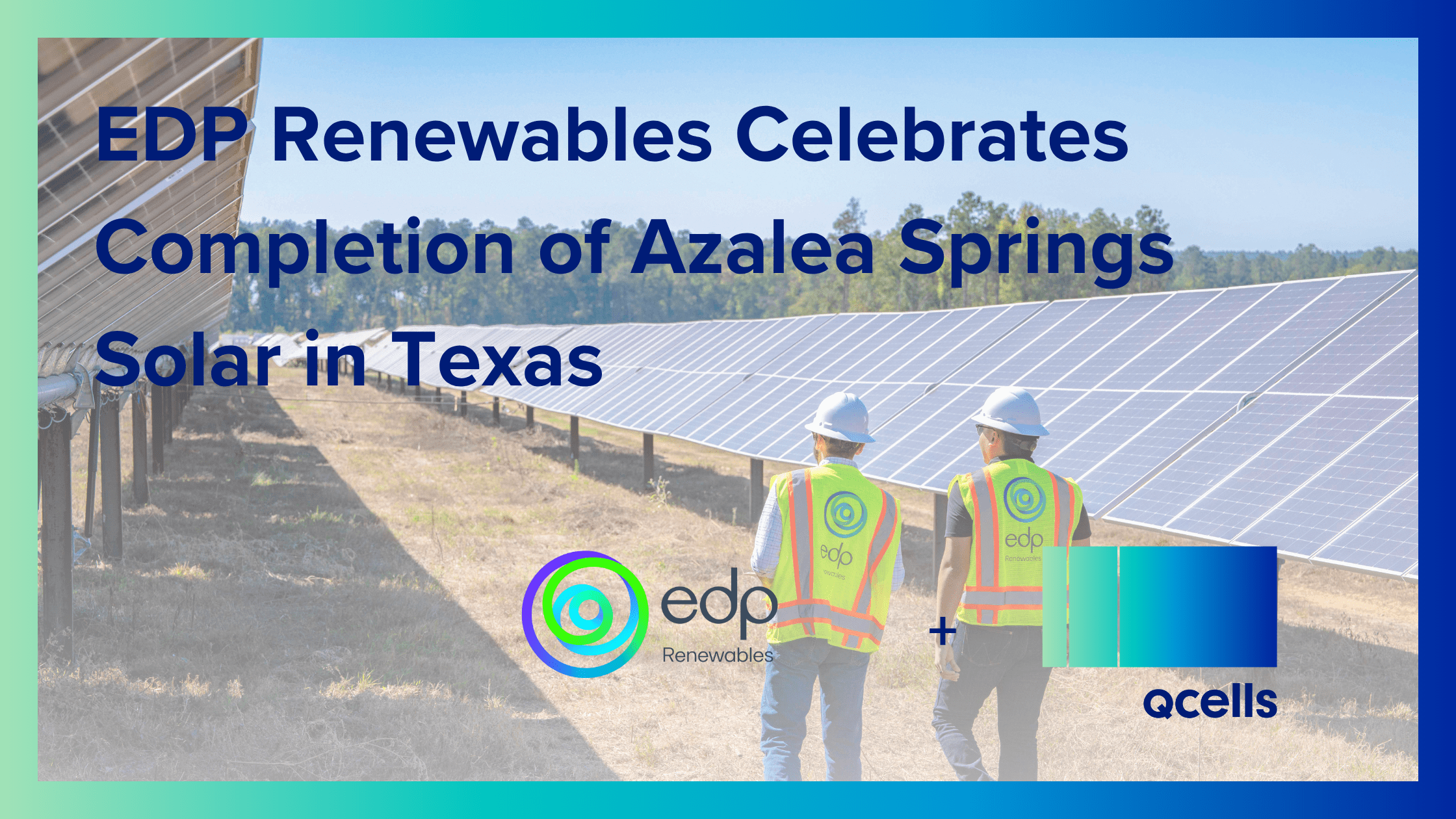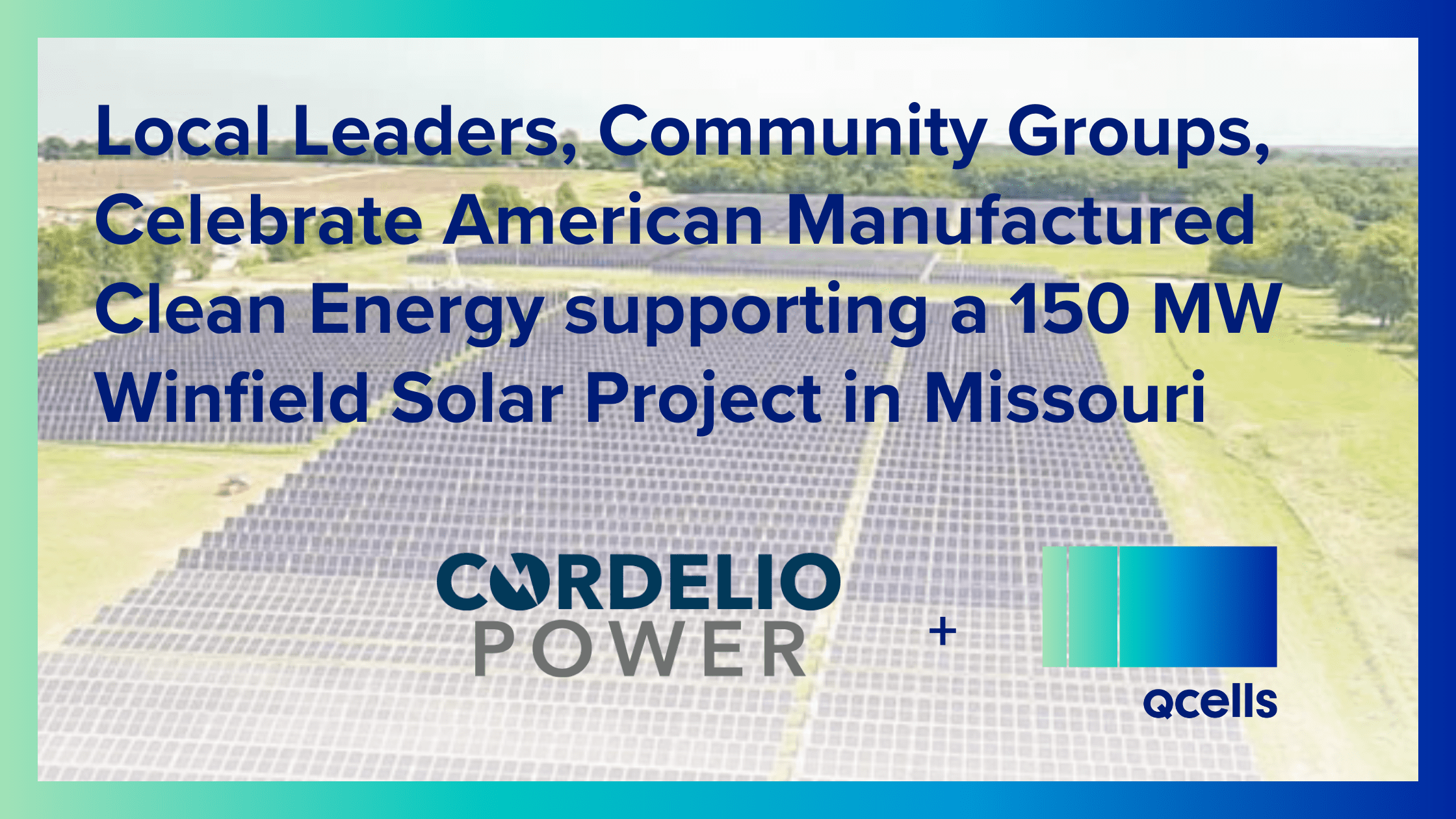Stephen Lindsey, chief technology officer for Hanwha Aerospace, had both corporate and personal goals in mind when he began pursuing solar and energy storage solutions from Qcells at two of his company’s manufacturing plants.
First of all, Hanwha Aerospace’s customers are beginning to demand sustainability. In fact, one of the company’s customers offers awards to vendors that implement renewable energy programs.
In addition, Lindsey had always been curious about low-carbon-footprint generation, and with Hanwha Aerospace’s decision to deploy solar and storage at plants in Cheshire and Newington, Connecticut, he has the opportunity to see how they perform.
First-hand learning about renewable energy
“I’m going to get a first-hand learning on how the systems work and how we can improve them,” he says. By the end of 2022, up and running will be 1 megawatt of solar at the Cheshire site and 750 kilowatts at the Newington site. Each site will be home to ground-mounted systems located on about two acres of land. Along with the solar, Qcells will install an energy storage system and energy management software that will serve as backup during power outages.
The many benefits of solar and storage for this manufacturer
The benefits says Lindsey, are numerous. Hanwha Aerospace didn’t have to make any capital investment; Qcells will own and operate the solar and energy storage systems. Hanwha Aerospace will pay Qcells by the unit of energy, or kilowatt-hour, under the terms of a 20-year energy services contract. During the life of the contract, Hanwha is expected to reap $2 million in utility bill savings. The systems are expected to prevent the release of more than 20,000 metric tons of carbon, which is equivalent to planting about 40,000 trees, says Lindsey.
Lindsey is also excited about the fact that the electricity– meeting about 20% of the company’s total needs–will be generated locally, which means that it won’t travel over long distribution lines and lose electrons along the way.
Investing in solar is good business
“I think this is a good business decision,” says Lindsey. “We are able to lock in a portion of our power with the 20-year agreement. I can’t do that with the utility.”
In addition, if there’s a power outage, operations won’t be disrupted, a big plus for Hanwha Aerospace’s customers. During outages, the solar and energy storage system–which collectively form a microgrid–will isolate from the grid and generate electricity for critical loads such as data centers, computer servers, lighting and security at the manufacturing facilities. It’s expected that the microgrid can run independently for about four hours.
For Qcells and the local utility, the system will provide additional benefits. When the battery isn’t being used during outages, it can deliver electricity to the grid, helping meet the need for power during the utility’s peak demand periods. That helps save money for the utility and all its customers, and generates income for Qcells, says Christopher Brown, Senior Development Manager, Energy Solutions for Qcells North America.
Other creative solutions from Qcells
For other companies interested in corporate sustainability, Qcells can craft creative energy solutions and services, says Brown. Solar can be displayed in prominent ways–on carports or the face of buildings, for example. “This helps showcase that companies are transitioning to clean energy and providing benefits to the community,” he says.
It’s also important to focus on the larger benefits of installing solar and storage for commercial, industrial and governmental end users. When companies install solar, they’re reducing local utilities’ need to build additional and often expensive power plants, which in turn lowers costs for all customers. They’re bringing more solar to the grid to better meet sustainability goals. Just as important, they’re leading the way for other companies to pursue similar clean energy measures.
“They’re promoting the deployment of new solar and storage technologies and showing how it can be done in their industry,” says Brown.
This article was written by Qcells North America.
Copyright © 2022 Qcells. All rights reserved.





 USA & Canada
USA & Canada Korea
Korea Germany
Germany United Kingdom
United Kingdom France
France Italy
Italy Netherlands
Netherlands Greece
Greece Poland
Poland Portugal
Portugal Hungary
Hungary Spain
Spain Japan
Japan